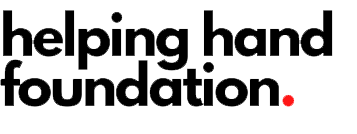Investments
How we make investments
Within each strategy, which has an allocation of resources, we collaborate with grantee and partner organizations to develop proposals that align with our strategic priorities and the organization’s focus and capabilities. An important part of this process is reaching agreement on what success will look like for the investment.
We use a standard four-phase process to develop all of our grants and contracts. The duration of each phase depends on the complexity of the project as well as the capacity and geographic location of the prospective partner.
Phase 1: Concept Development. We work to identify ideas that support our strategic priorities, in consultation with foundation colleagues, researchers, policymakers, and other partners in the field. This phase concludes with an internal decision that a concept is aligned to a strategy, and we should proceed with development work.
Phase 2: Pre-Proposal. We use a variety of ways to explore and refine concepts, with the help of organizations in the field. Regardless of the approach, we remain committed to understanding the perspective of others, in order to further shape the proposed body of work. This phase ends with the decision to solicit a grant or contract proposal.
Phase 3: Investment Development. We give applicants guidelines and templates for developing a proposal, a budget, and a results framework and tracker. A program officer reviews submitted materials with internal and, at times, external experts and works with the applicant to integrate recommended changes. We also complete our due diligence, confirm the applicant organization’s tax status, determine how to structure the transaction, and assess risk. Our legal and financial analysis teams may also participate during this phase.
Investment proposals are reviewed at various levels, with more levels of review for grants and contracts that are more complex. A foundation executive makes the final decision about whether to fund the proposed grant or contract. Before funded activities can commence, the foundation and the partner organization sign an agreement that includes intended results, targets, milestones or reporting deliverables, and a payment schedule.
Phase 4: Management and Close. During the life of an investment, the program officer and partner discuss how they will work together and keep in close communication to understand progress and challenges of ongoing work. By maintaining quality interactions and clear and consistent communication, they are able to share feedback early and often. Occasionally a program officer or foundation staff member will participate on advisory committees, and occasionally take a seat on the board of the organization. At the end of the project, the partner will work with the program officer to submit a final report that summarizes the results achieved and lessons learned.

